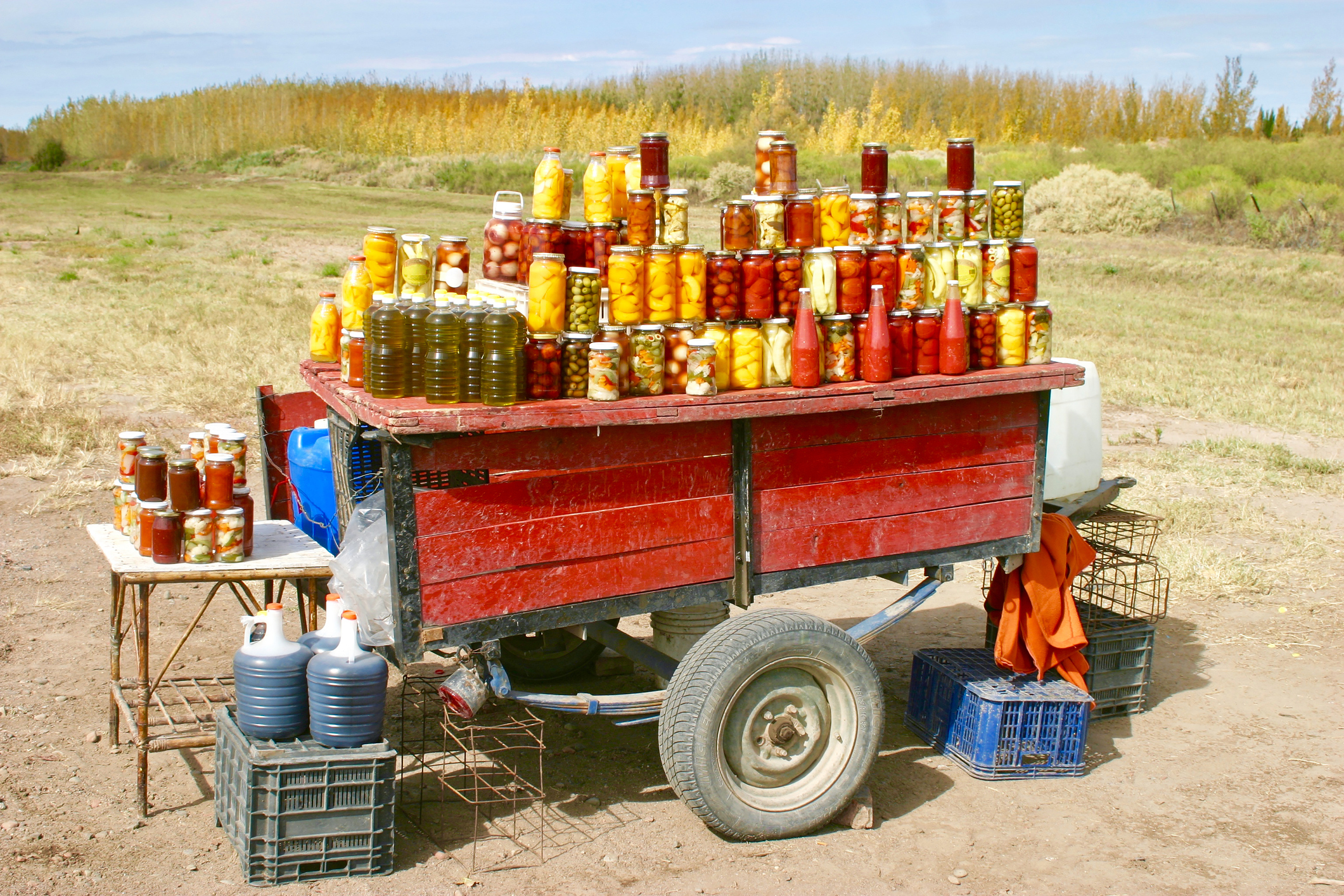We have written a lot about fraudulent drugs over the years. Some examples of these include counterfeit drugs, dietary ingredients that are unsafe, dietary drugs that contain undeclared prescription drugs in them, and the list goes on and on. In his presentation titled “Fraudulent Drugs: You’re Taking What?” (here), Brad Pace, Associate Director, Office of Unapproved Drugs and Labeling Compliance, U.S. Food and Drug Administration, shone a light specifically on over-the-counter (OTC) drugs, dietary supplements, and other products readily available for patients to purchase as well as the nature and scope of the (somewhat frustrating but necessary) whack-a-mole battle that the Agency continues to fight against them.
One of the big questions that Brad addressed was related to how the FDA prioritizes its regulatory actions with regard to the vast number of these products that it must address. He noted that the Agency first assesses the potential for harm of using the product. There is “Direct Harm,” where the “use of a fraudulent product results in injuries or adverse reactions,” and “Indirect Harm,” where the “product itself does not cause harm but its use may keep someone away from proven, sometimes essential, medical treatment.” In addition, he noted that the public needs to recognize that the FDA cannot force a firm to recall a product from the market, even if it is dangerous. The FDA can issue health-fraud alerts and the like, but if the firm disregards an Agency “suggestion” that the product should be removed from the market, then the FDA must seek help from the Department of Justice (DOJ) to take further legal action, like seizure, injunction, and criminal prosecution. So, while the Agency has a lot on its plate, it also needs to be able to push the potatoes over to the DOJ’s plate to make room for its case (so to speak), oftentimes resulting in competing priorities between the Agencies.
Because of the prevalence of fraudulent products and the various outlets from which they are made available (e.g., the internet, gas stations, health supply stores, beauty salons, grocery stores, flea markets, convenience stores, third-party sellers on eBay, Amazon, Walmart, Etsy, etc.), the FDA recognizes that it cannot stop all fraud and actually asks for the public’s help in identifying fraudulent products.
In his presentation, he identified the general types of fraudulent products usually seen as:
- Quick Cures – products with claims such as “will cure cancer fast,” or “will cure any cancer,” salves to cure skin cancer, creams to remove moles right away, miracle cures for all types of disease, etc.
- COVID-Related – nasal and throat spray “products with unproven claims to provide a protective barrier to airborne viruses,” dangerous concoctions that sometimes use bleach, etc.
- Tempting Topicals – products such as skin peels, skin-whitening agents, or OTC products for treating moles, seborrheic keratoses, skin tags, molluscum, genital herpes, or genital warts (Brad notes that “Currently, there are no legally marketed OTC drugs for treating moles, seborrheic keratoses, skin tags, molluscum, genital herpes or genital warts.”)
- Lifestyle Drugs – products for weight-loss, bodybuilding, and erectile dysfunction, all of which usually include dangerous hidden active pharmaceutical ingredients
- Recreational Drugs – products such as Tianeptine, which is “A potentially dangerous substance that is not FDA-approved for any medical use but is illegally sold with claims to improve brain function and treat anxiety, depression, pain, opioid use disorder, and other conditions. Commonly referred to as gas station heroin.” (We have previously written about FDA warnings regarding this product here). Also, products that contain Kratom, which is not a legally marketed dietary supplement and has resulted in significant injury to patients.
There are plenty more facts and examples of these types of fraudulent products cited in Brad’s presentation. It is a great primer on fraudulent OTC drug products, and it would be a good read for any consumer, regulator, or healthcare provider. It also mentions how to report the existence of fraudulent products. One last note: Many of the fraudulent products are Drug Listed, but drug listing does not indicate that the product is FDA approved or sanctioned. This may be a clue as to how to find or stop some of these products from reaching consumers.



